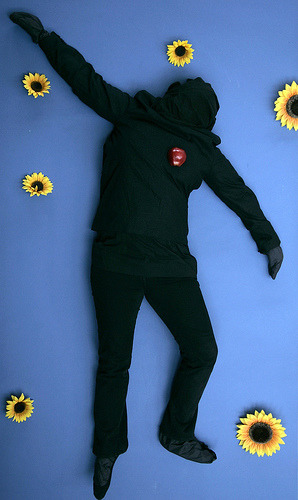 I read the following quote today at the beginning of Chapter 2 in the novel Keeping Faith by Jodi Picoult:
I read the following quote today at the beginning of Chapter 2 in the novel Keeping Faith by Jodi Picoult:"Sure, lots of people believe in God. Lots of people used to believe the world was flat, too."I don't know who Ian Fletcher is and I don't know if the quote is real or part of the story's fiction. Nonetheless I thought it was a thought-provoking quote.
-Ian Fletcher in The New York Times, June 14, 1998
Later I read an article on NPR.org that said that tomatoes were once considered poisonous, even dangerous.
It is quite interesting how our views on things change over time as we acquire more knowledge in a particular subject.
The NPR article referenced a new book by Arthur Allen called Ripe: The Search For The Perfect Tomato. The author said that one of his favorite tomato varieties is the Speckled Peach. It's a German-bred tomato that packs a wallop of tang and sweetness. They supposedly have a melon taste described as a combination of a cantaloupe and a peach.




























